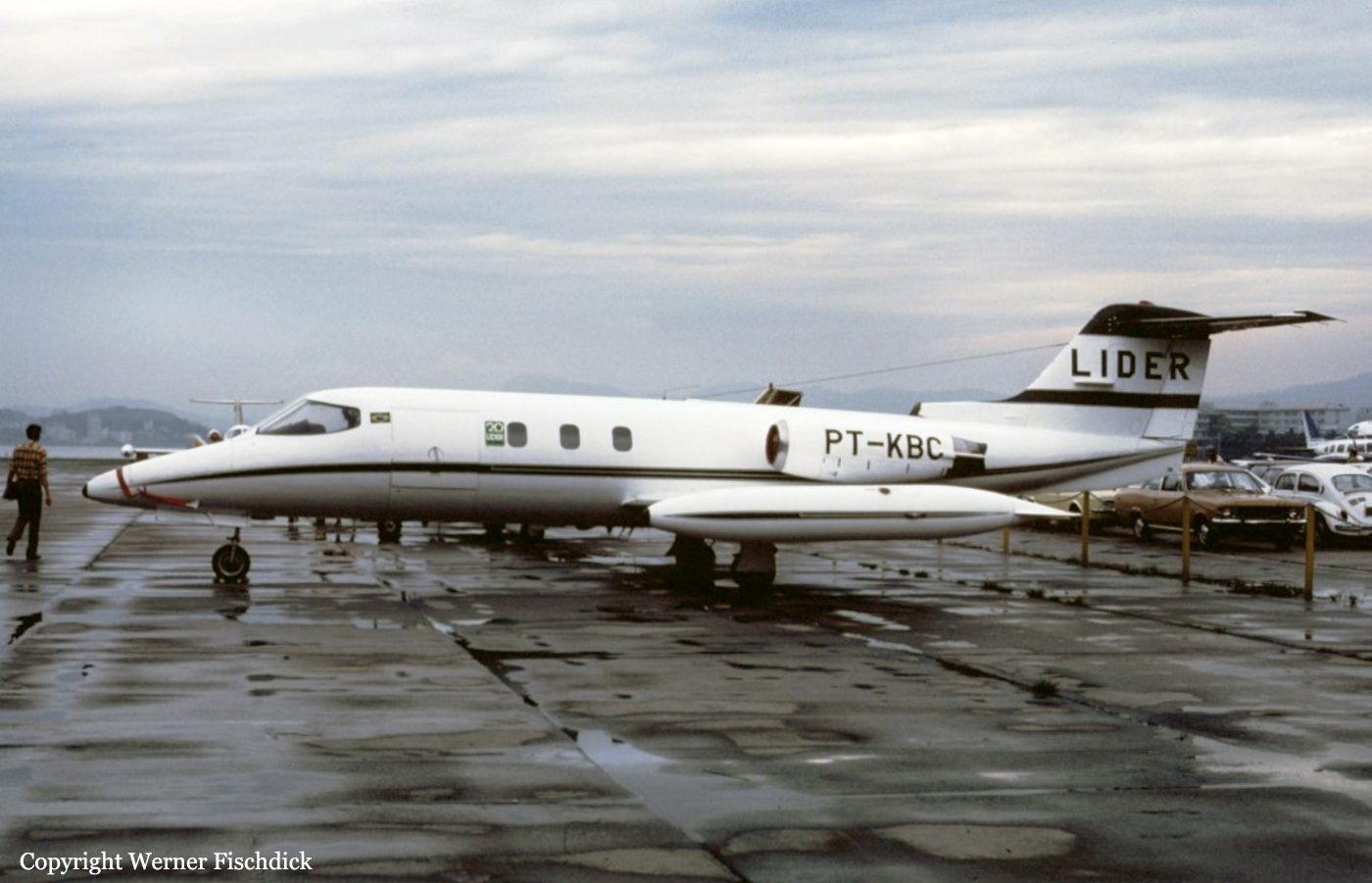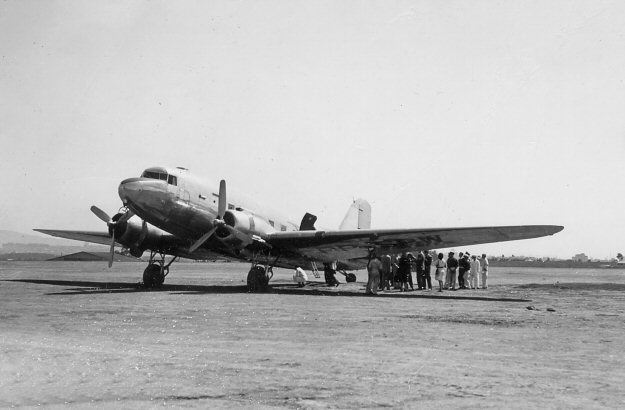Crash of a Piper PA-31T Cheyenne II in Água Comprida: 6 killed
Date & Time:
Jan 12, 2001 at 1900 LT
Registration:
PT-OZY
Survivors:
No
Schedule:
Goiânia – Ribeirão Preto
MSN:
31-7820030
YOM:
1978
Crew on board:
2
Crew fatalities:
Pax on board:
4
Pax fatalities:
Other fatalities:
Total fatalities:
6
Circumstances:
The twin engine aircraft departed Goiânia on a private flight to Ribeirão Preto, carrying four passengers and two pilots, the aircraft's owner and a friend. Three minutes after being cleared by Brasilía Control Center, at an altitude of 18,000 feet, the pilot informed ATC about poor weather conditions and severe turbulences. Shortly later, the aircraft entered an uncontrolled descent and crashed in a sugarcane field located near Água Comprida. The aircraft was destroyed by impact forces and a post crash fire and all six occupants were killed.
Probable cause:
It is believed that the pilot lost control of the aircraft in poor weather conditions after he suffered a spatial disorientation. The following contributing factors were identified:
- Poor flight preparation,
- Poor weather conditions with atmospheric turbulences,
- The pilot showed anxiety and complacency,
- The pilot was not properly licensed to operate in IFR conditions,
- The pilot was inexperienced,
- The pilot's actions were likely inappropriate while facing an unexpected situation.
- Poor flight preparation,
- Poor weather conditions with atmospheric turbulences,
- The pilot showed anxiety and complacency,
- The pilot was not properly licensed to operate in IFR conditions,
- The pilot was inexperienced,
- The pilot's actions were likely inappropriate while facing an unexpected situation.
Final Report:




